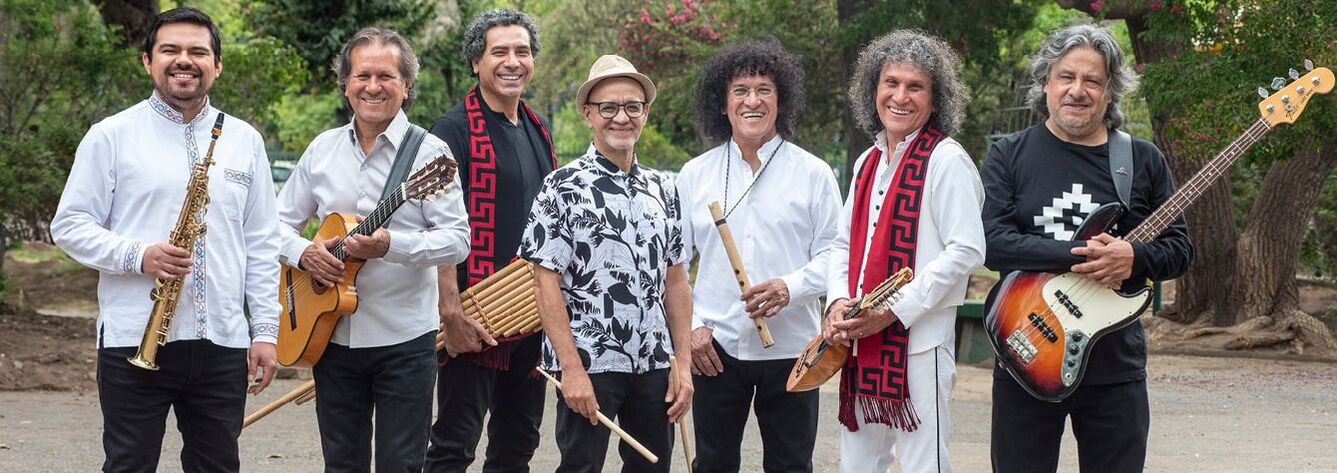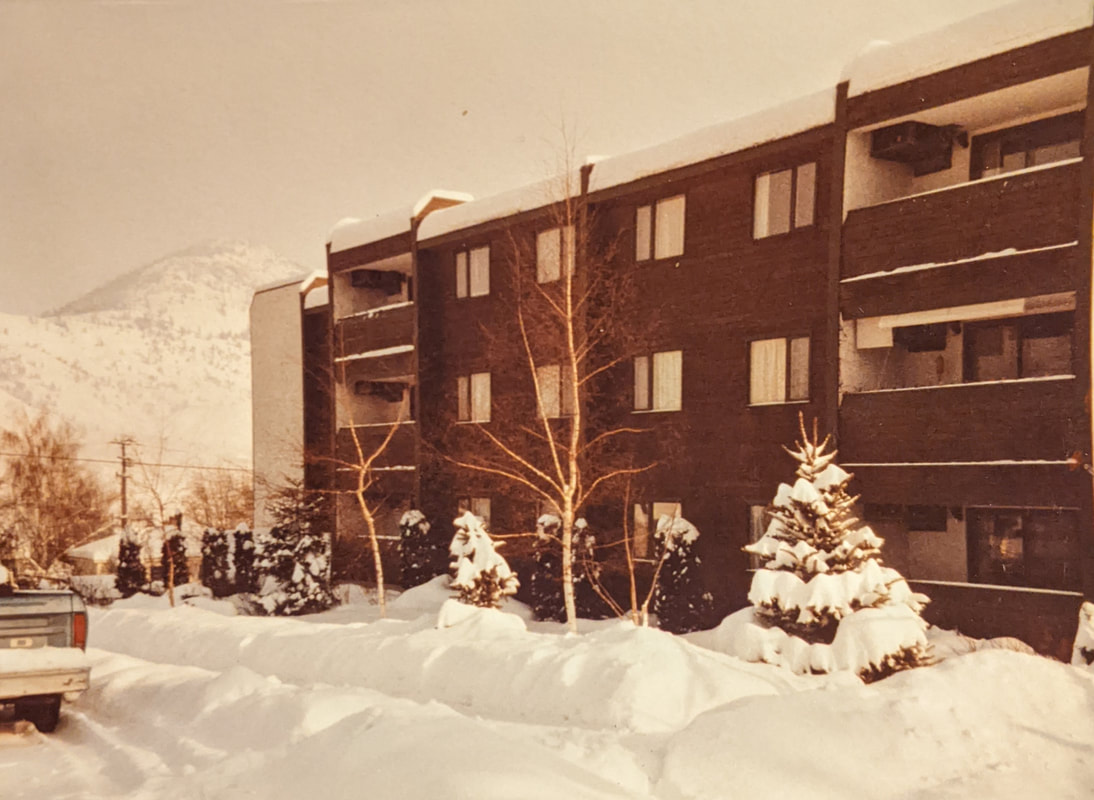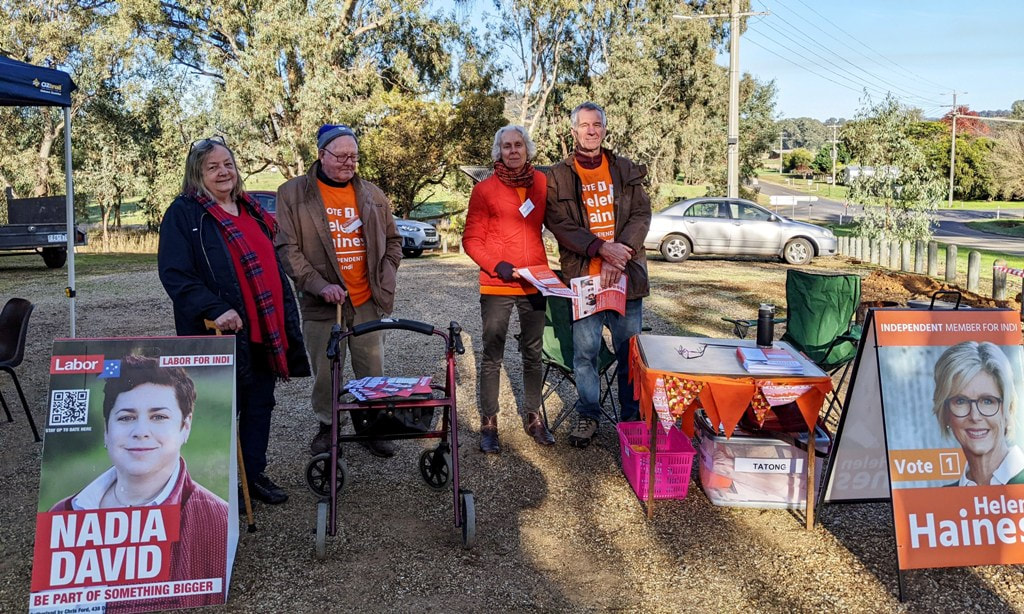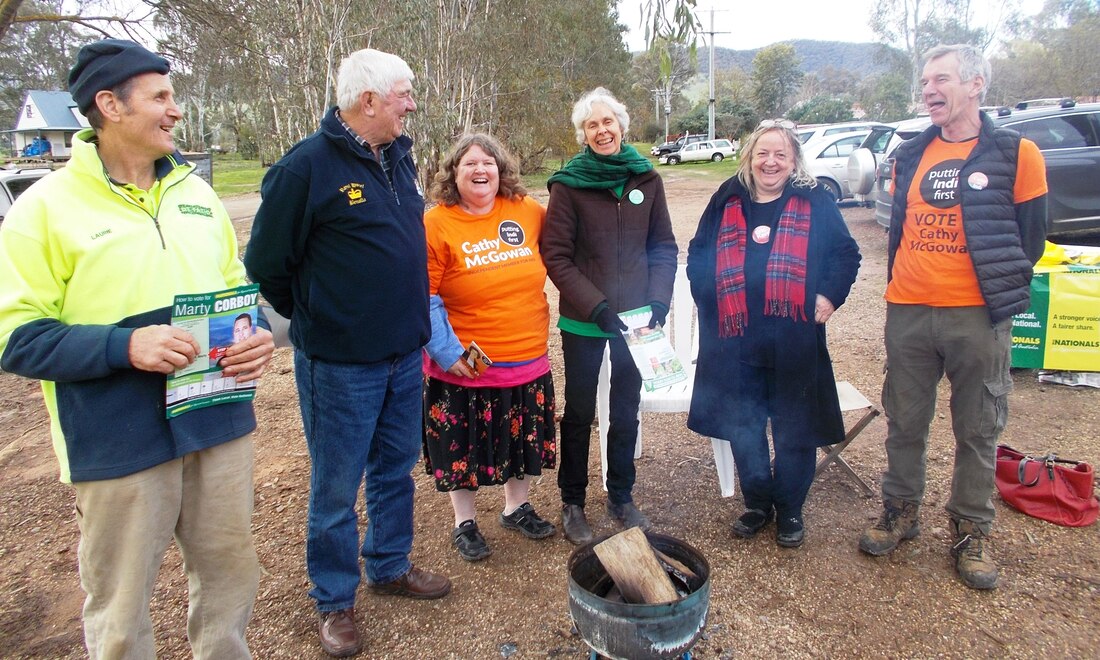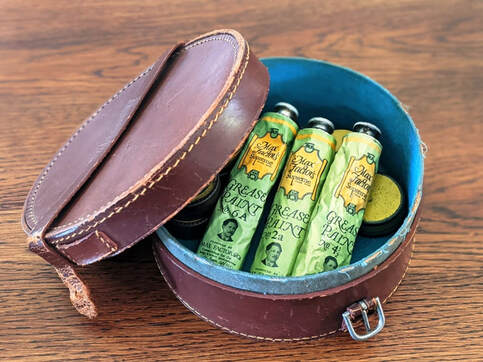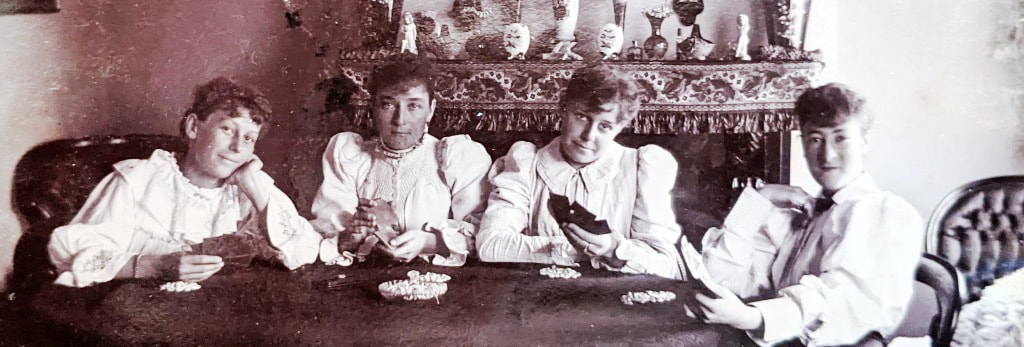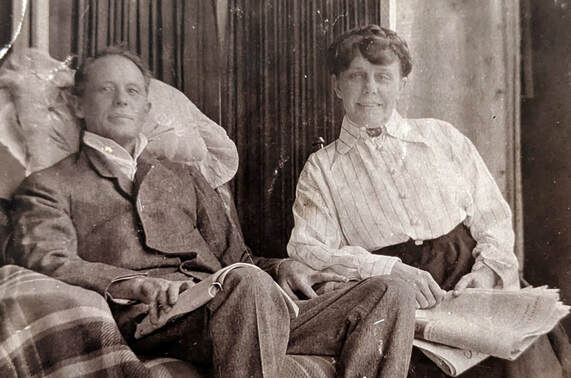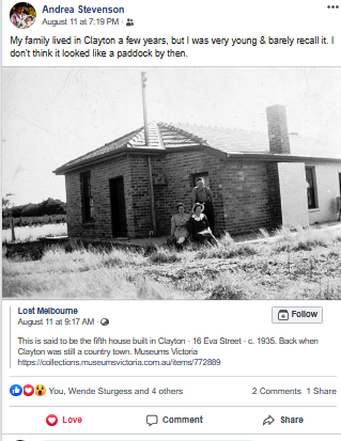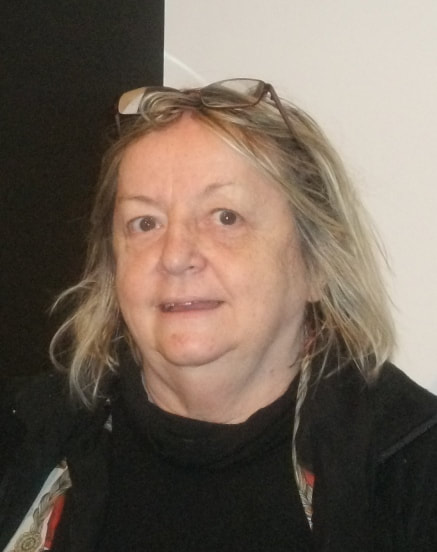‘Once upon a time’, no really… I had a brief, scarcely brilliant but greatly valued (at least by me), career as a video documentary producer.
It was 1983, 1984 – Labour had won the election and were making major changes to the economy. The Australian $ had just moved from a fixed exchange rate to being floated freely in foreign exchange markets. Teachers were wresting with understanding the ways in which to teach this and there was an urgent need for resources to help to explain the changes to students in Year 11 and 12 Economics. An economics teacher by then for over a decade, I’d just developed and presented a new way of approaching teaching Year 11 Economics at a conference, so was approached about being involved in the production of a video which could be used by teachers struggling to sort through the implications of the floating of the Australian $.
Funding and support for the project came from the Bank Education Service and the Country Education Project. I’ve never been sure whether I was classified as the the producer or the director, however I was certainly the script writer and editor.
Much angst went into developing the depth of understanding of the way in which a floating $ worked in practice required for the project. Once I had written the program brief, created a framework for the program and suggested possible people to be interviewed, lots of production support was set in place. Miraculously, a studio was booked at Box Hill College of TAFE, ABC journalist Peter Couchman employed as the presenter/interviewer, and Age journalist at the time Kenneth Davidson and National Bank Economist Brian Hanley had agreed to be interviewed. I delivered and discussed the script with Peter, who had clearly done his homework on the floating of the $ and skilfully simplified the questions to elicit answers more easily. Not long after, I found myself sitting in the control box with the sound man watching as Peter interviewed Kenneth and Brian.
This proved to be just the beginning! My next task, to carefully watch the film taken on the day and edit it in fine detail. This took hours and hours. My memories are of this phase being excruciating –in desperation I typed (yes typed on my old Facit typewriter) the recording out word for word. Then laboured through the script while watching rewind after rewind of the video to decide upon the most rational editing points. Many, many hours were spent watching the faces and listening to the voices of the interviewees in slow motion as I looked for correct editing points.
I was to discover sitting in the editing suite at Box Hill TAFE a few weeks later that the video needed to be edited in even finer detail! I learnt about ‘noddies’, and how to insert them to cover editing points in a seamless way.
The upshot - the ‘Floating of the Australian $’ video was produced, and the program shown by the Country Education Department on ABC television. Videos were distributed to schools; finding a place in library video collections for many years, and I was left with an unexpected level of understanding about video production (and the floating of the Australian $)!
I went on to make another program for the Country Education Project, ‘The Framing of the Federal Budget’. Less excruciating to make, it was listed in the National Library's catalogue until recently, which is rewarding.
My ‘brilliant career’ ended at this point … I had clearly spent more time on the process than I had earnt and would be cost effective if I were to successfully change career directions! So ‘that was it’…. Projects ‘The Floating of the Australian $’ and ‘The Framing of the Federal Budget’, unexpectedly thrown in my lap, completed; a huge learning experience, and hopefully, a valued contribution to developing the economic literacy of a future generation at the time!
Then… it was back to the drawing board, or should I say ‘chalkboard’… showing the videos to my own economics classes, watching out for repeats on the ABC, my short-lived career in documentary video production disappearing rapidly on the horizon!
Bev Lee
June 2024

